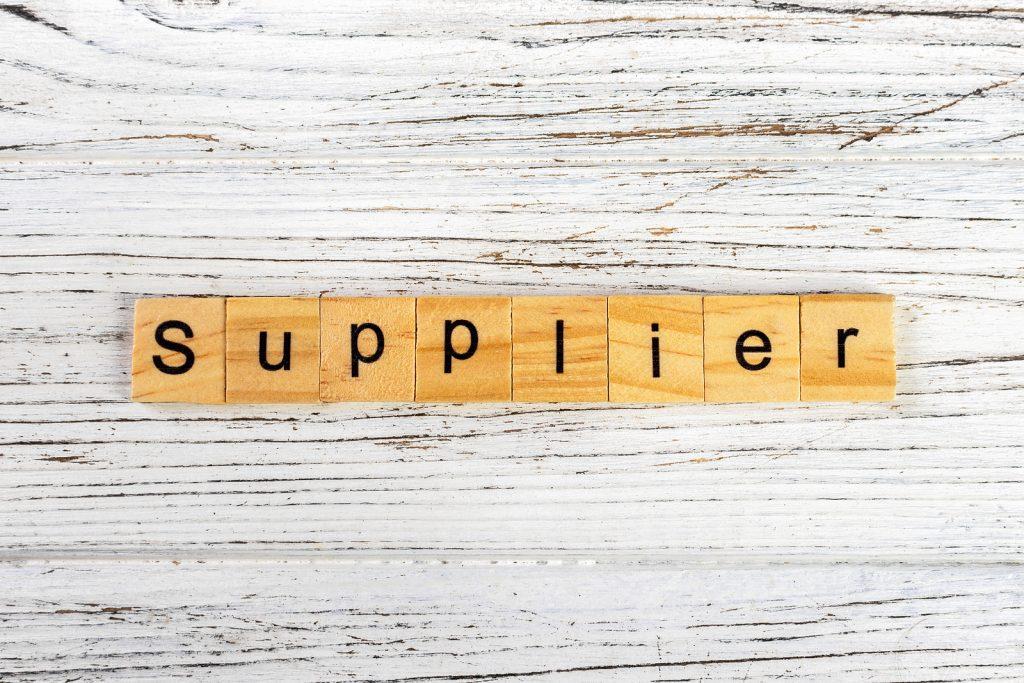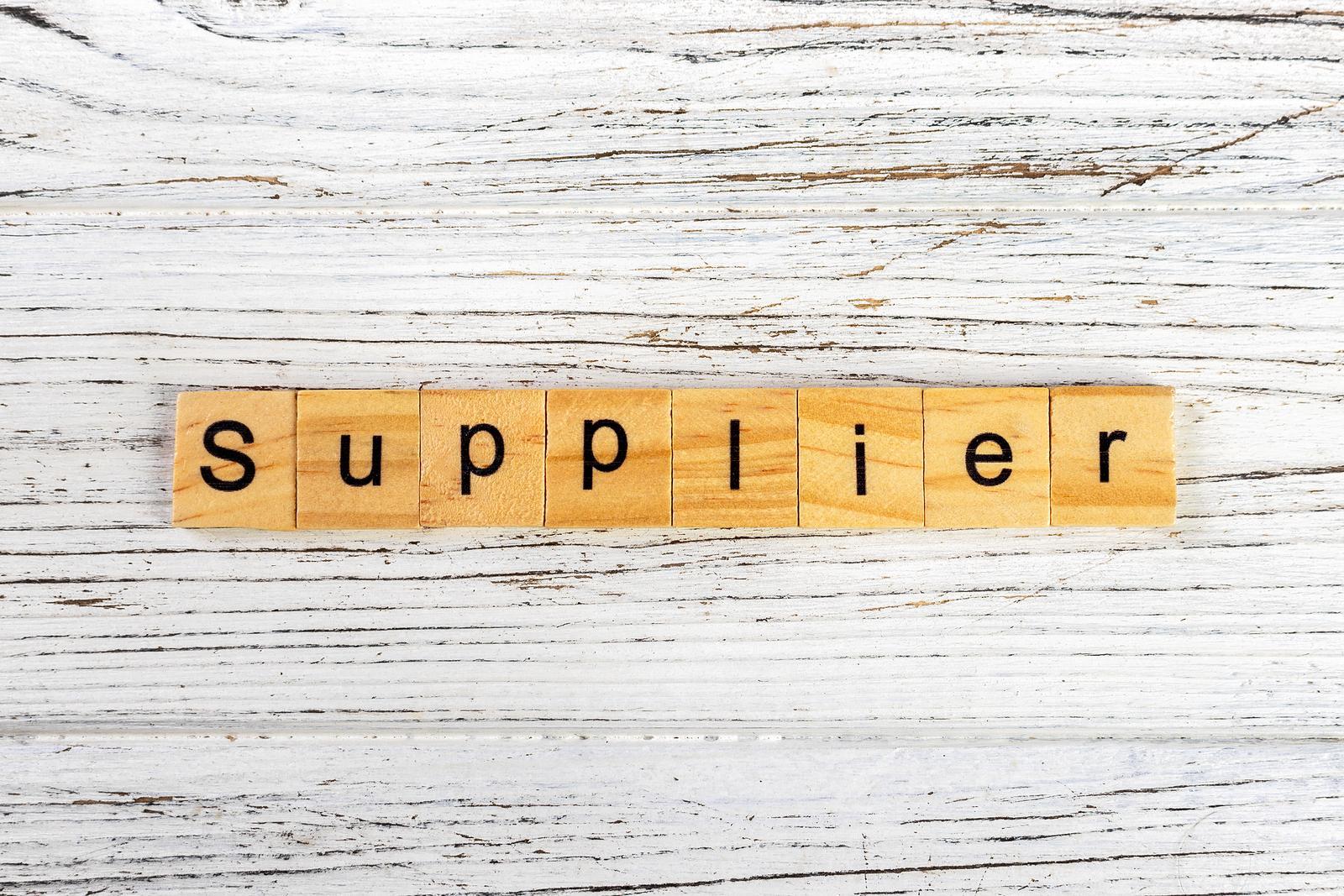Many of the businesses we support are in the retail industry. The industry has undergone some seismic shifts with the advent of ecommerce. Accompanying this have been some radical changes in the supply chain industry. However, with just-in-time deliveries, and storage issues, and logistics not always being reliable, what can you do when there are problems in your supply chain?
Risk in the Supply Chain
Really, there’s no such thing as a nice simple supply chain anymore. Instead, it’s more a case of a supply network with different facets coming together and being intertwined. It’s a complex interaction between goods, people, and materials. The result is that risk in supply chains is more complex than ever before.
Risks affecting our supply chains range from a natural disaster such as an earthquake affecting our key supplier, logistics problems such as strikes or petrol crises, and political issues (Brexit and its impact). Add in relatively new problems such as cyber-attacks, and it’s a worrying picture.
Managing Risk in the Supply Chain
However, just because the risks are large doesn’t mean you should take the ostrich approach and bury your head in the sand. In fact, the best way to mitigate risk in the supply chain is to ensure you’re aware of the various issues, plan for them, and then ensure you focus on insight in order to manage and circumnavigate them when they happen.
At the heart of this is collaboration backed up with intense insight. By collaborating closely with your suppliers and working in partnership with them, you can become aware of the issues and risks they face and their impact on your business. Combined with this should be a use of the technology available today to gain insight into every element of your supply chain, so that a problem at stage 1 isn’t only recognised as a problem when it impacts on stage 20.
Start-Ups and Supply Chain Problems
This is particularly important in small businesses and for start-ups where relationships are still relatively young and collaboration is in its early stages. Your voice and power is also less because you’re smaller. Therefore you’re the easiest to let down. However, this should only serve to maximise your incentive to build positive supplier relationships and keep your finger on the pulse.
This proactive approach is your best solution. It focuses on coordination and integration between suppliers allowing for a dynamic response if there are problems. It’s the most effective way to be sustainable despite risks.
Making Supply Chain Decisions
By ensuring collaboration with all of your suppliers you can help to prevent problems from arising in the first place, and if they do arise, you’re best placed to respond appropriately.





Leave a Reply